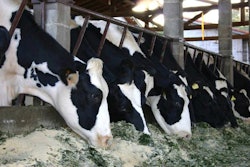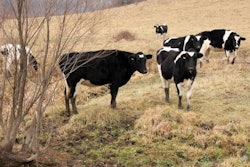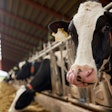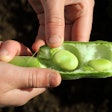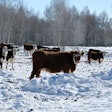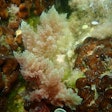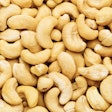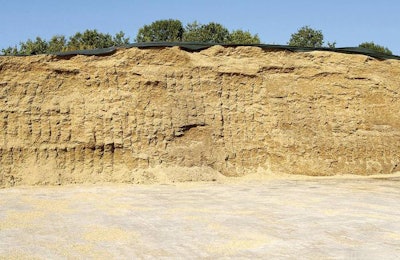
Whole-plant maize silage is a choice ingredient used universally in dairy cattle rations. It is preferred, not only because of its intrinsic high-energy value and good supply of fiber, but also because yield is maximized when the whole plant is harvested — up to 50 percent more energy compared to dried maize kernels. But, making good quality silage is not an easy task, at least not as easy as harvested, dried-up kernel maize. As such, there are practical tips based on understanding how silage works that could help anyone improve better silage quality.
How silage works
Whole-plant maize, while still maintaining most of its moisture, is chopped and packed into silos. There, air is excluded that leads to the death of the still perspiring plant cells. Naturally occurring anaerobic lactic bacteria then proliferate, producing lactic acid. This in turn reduces pH to 4, which stops their growth. This concludes silage fermentation and leads to its stabilization. So, let’s start breaking down this process into tips to ensure the best possible silage is produced.
Additives should be used to enhance silage quality above what can be achieved by sound silage management methods.
Tips to ensure the best possible quality for maize silage
- Optimal plant moisture is about 25-35 percent. A drier plant will not permit air to be excluded from the silos, leading to aerobic fermentation, often of undesired bacteria and yeasts. A plant with higher moisture at harvest will lead to clostridia fermentation, putrefaction and production of off-smelling compounds — all very undesirable. Thus, controlling silage moisture at harvest is the key for complete air exclusion that allows lactic acid producing bacteria to begin the desirable fermentation process.
- Lactic acid bacteria occur naturally, but there are commercial preparations that augment their numbers, with variable results. It should be noted that lactic acid bacteria cannot break down starch, but rather, they need simple sugars. As such, harvesting mature corn is of paramount importance to ensure enough sugars are present — immature kernels are just starch. Adding molasses is often a way to improve lactic acid fermentation.
- Lactic acid bacteria consume energy compounds: sugars. Thus, before they die off when pH reaches 4, they continuously reduce the energy content of silage. To prevent that, some may add other acids. For example, organic acids are favored in the U.S., and inorganic acids are frequently used in Europe. The former have the additional benefits that, like lactic acid, can be used as an energy source by the animal consuming the silage. But, in both cases adding acids increases silage cost.
- Energy, nutrient yield and silage quality are all maximized when the plant reaches maturity. This is the stage when the kernels start to develop the so-called "black layer" at their bases. Depending on maize hybrid variety used, the exact harvest time will be different. Timing also depends on field conditions, and, as such, it is not enough to depend on generic instructions from the seed supplier. Instead, the expert opinion of an agronomist should be sought after, especially when switching hybrids.
- If silage quality remains low, despite all of the above, then two additives might be of some help. Adding alpha-amylase, an enzyme that converts starch into glucose (a simple sugar that can be used by lactic acid producing bacteria) has been shown to improve fermentation. But, field results remain inconclusive; and, as such, this technology remains under investigation. Next is urea, an inexpensive source of readily available nitrogen. This is added to provide lactic acid bacteria with material to build up protein so they can grow and thrive. Again, this is not a sure measure to improve silage quality, but certainly one that is used more frequently in the field.
Opening any textbook or dairy nutrition book will provide a wealth of information regarding silage preparation. There are even books dedicated on this very important topic, if only because, when silage turns bad, we are talking about huge quantities of material that can be as good as land filler. Quite often it is being fed to beef cattle or small ruminants, but not without a loss.
It pays to repeat that silage additives are worth looking at, but they should not replace following the basic principles of silage preparation. It is often the oversight of following these basic steps that leads to the search of additives that can repair the otherwise avoidable damage. In my opinion, additives should be used to enhance silage quality above what can be achieved by sound silage management methods.


